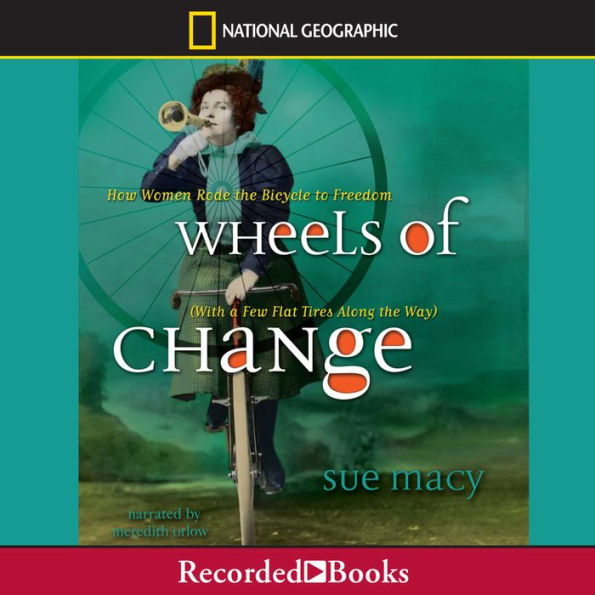Gr 5–8—The heyday of the bicycle in the late 1800s seems to go hand-in-hand with the early struggle for more freedoms and rights for women. With this simple mode of transportation, new worlds were suddenly open to women who had been living under fairly strict social customs; it gave them the confidence to explore new opportunities, exercise, and even transform their clothing from the restrictive corsets and petticoats to ones that were more comfortable, and considerably more daring. The use of primary sources such as advertisements, excerpts from journals, photographs, and artwork all add invaluably to the informative and accessible writing. Sidebars and spotlights on individual women important to both the sport of cycling as well as the fight for more freedoms are of particular interest and create an eye-catching and inviting format. A time line contrasting the history of the women's movement with the bicycle's history is especially interesting. Booktalk this title with Jane Kurtz's Bicycle Madness (Holt, 2003) for a great fiction/nonfiction pairing, or share it with Julie Cummins's Women Daredevils (Dutton, 2008) for an intriguing look at women's history.—Jody Kopple, Shady Hill School, Cambridge, MA
5
1

Wheels of Change: How Women Rode the Bicycle to Freedom (with a Few Flat Tires Along the Way)

Wheels of Change: How Women Rode the Bicycle to Freedom (with a Few Flat Tires Along the Way)
FREE
with a B&N Audiobooks Subscription
Or Pay
$10.99
10.99
In Stock

Editorial Reviews
Product Details
| BN ID: | 2940171111076 |
|---|---|
| Publisher: | Recorded Books, LLC |
| Publication date: | 06/15/2012 |
| Edition description: | Unabridged |
Videos

From the B&N Reads Blog
